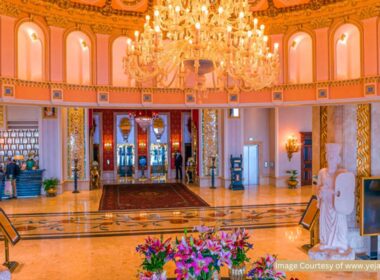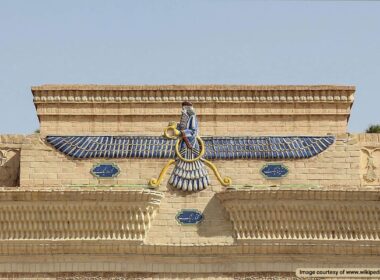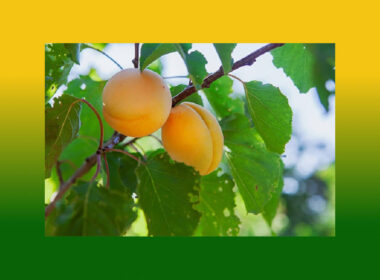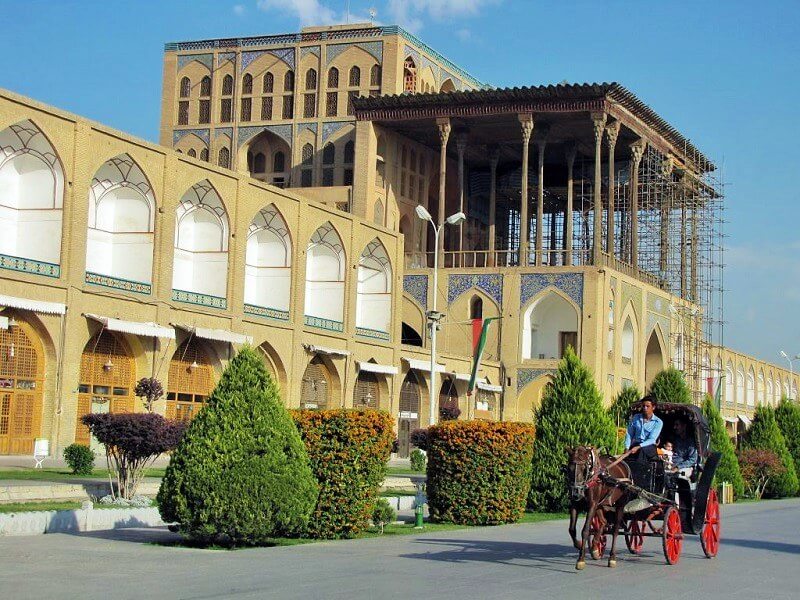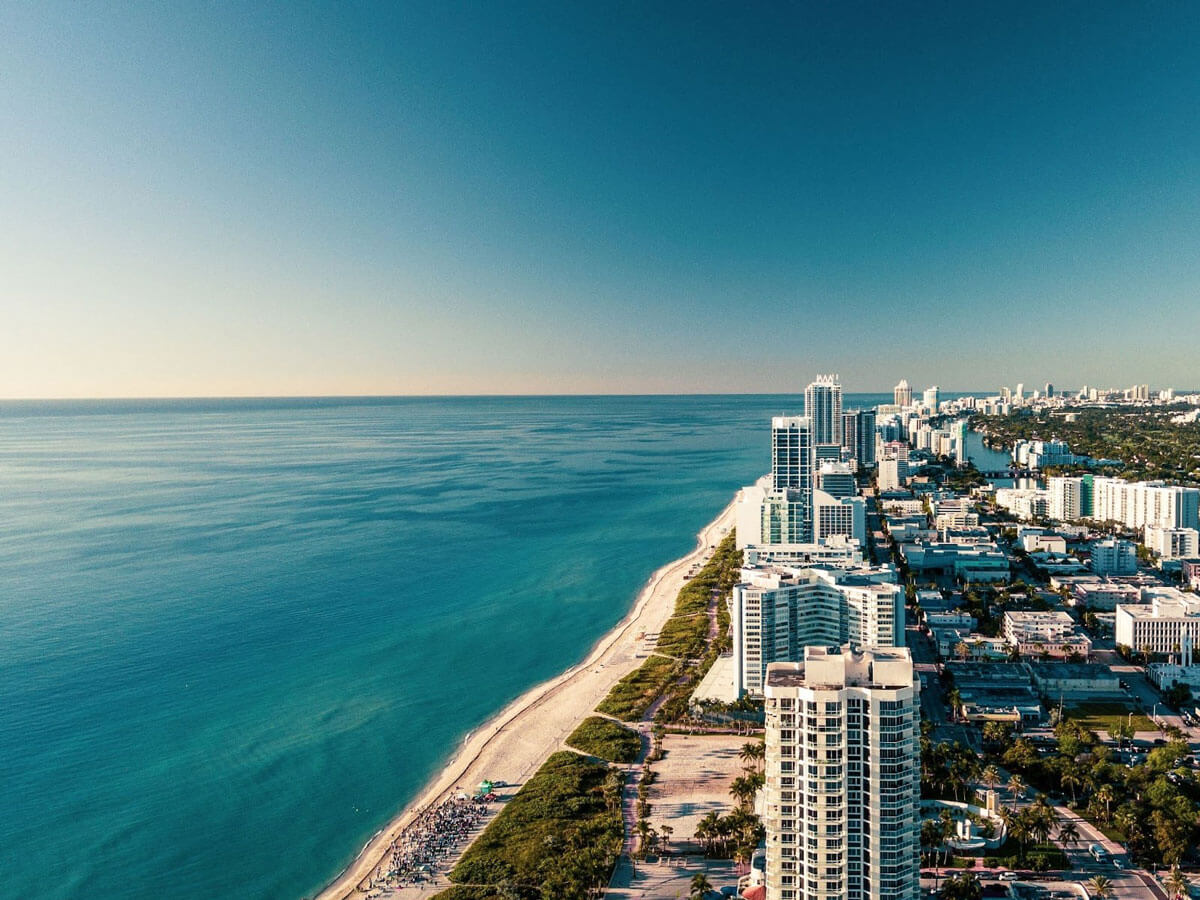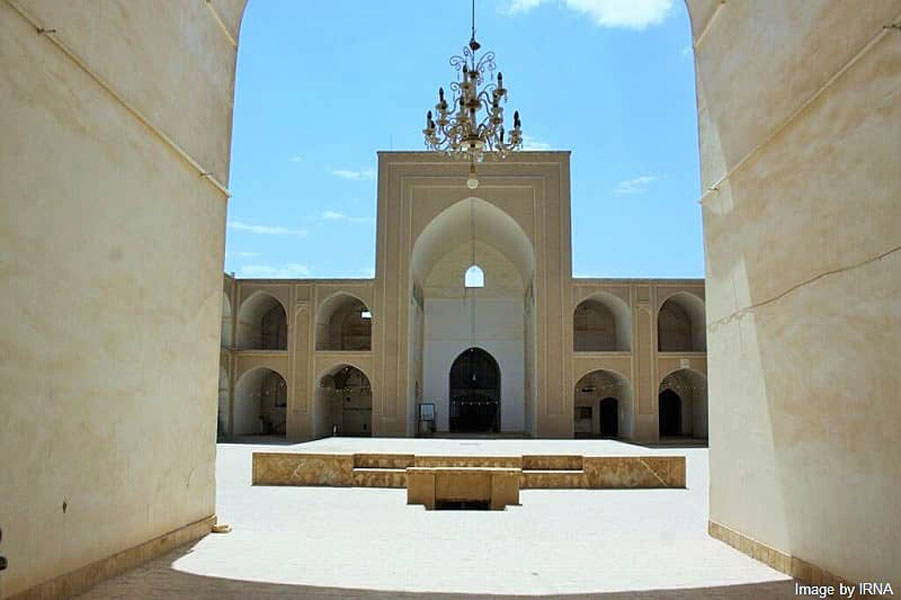
Abarkooh city is located in Yazd province. It contains over 400 recognized historical monuments and many natural attractions. Out of 400 historical monuments, 146 have been registered as national heritage sites. Socially, mosques play a significant role in the city, and out of the 75 mosques, 30 have historical significance. One of the historical mosques, which has contributed to its reputation, is the Jameh Mosque of Abarkooh. It was listed as one of Iran’s national heritage sites on June 31st, 1933.
Since the dawn of Islam, mosques have served as social centers beyond their primary purpose. As mosques play a significant role in Abarkuh city and given a large number of mosques in this city, it has been a center for such activities.
History of Jameh Mosque of Abarkooh
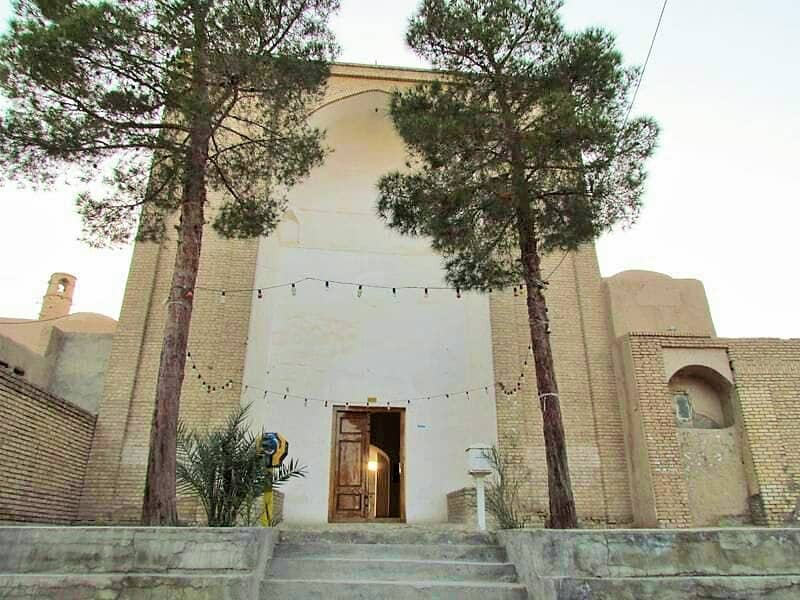
Abarkooh Jame Mosque is located in the city center at a square named after Imam Hossein. The mosque’s construction dates back to the Ilkhanid period, 14th century. Inside the mosque are artworks from different periods including the 13th-14th century AD. The mosque underwent restorations during the Timurid period (15th century AD), and new sections were added to the building.
The mosque’s structure is considered a monument of the Mongols’ period, reconstructed and restored at the end of Sultan Abu Said’s rule. The mosque was repaired during that period, and an altar with exclusive plaster molding was put in place in its eastern eyvan.
Although some experts believe the mosque’s construction time dates back to the Timurid period, certain artifacts of the pre-Islam period have been discovered inside. According to them, some parts of this historic building dates back to the pre-Islam era, and some dates back to the Seljuk era and the Mongol empire.
Types of Architecture and Ornaments in Jameh Mosque of Abarkooh
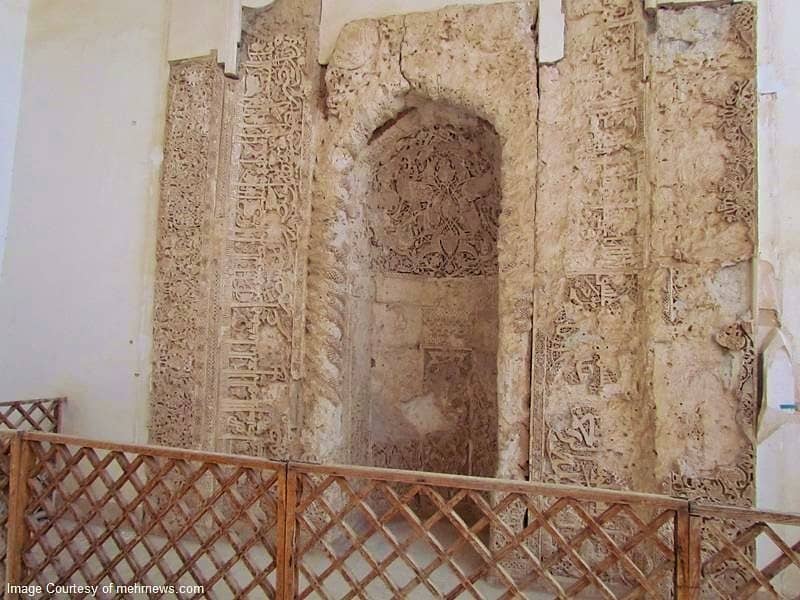
The mosque’s structure is made of raw bricks. However, it is stout and has held up well over the years since its construction.
The entrance to Abarkooh Jame Mosque faces north and leads to its rectangular courtyard through an octagonal vestibule. There is a cruciform cellar in the middle of the courtyard, with dimensions of 10×10 meters. The cellar is one of the architectural features of the Ilkhanate age. Therefore, the architecture of the Jameh Mosque of Abarkooh is believed to date from the Ilkhanid period. In addition, tombstones have been discovered in the yard that dates back to 1416 and 1599 AD.
The mosque’s entrance portal stands tall. There is a Shabestan (prayer hall) on the southeast side of the entrance. The arches are decorated with exclusive Muqarnas. yet another Shabestan is in the western wing with an eyvan in the front.
Most Jameh mosques comply with the four-eyvan architecture style and have a Mehrab (prayer niche), a Shabestan, and a vestibule. AbarKooh Jame Mosque is built in the same pattern. The mosque Shabestans are located behind the north and south eyvans. This mosque also has a minaret on the southern wing.
In addition, Abarkooh Jame Mosque has a Sofeh (raised floor). There is a basement at the center of the Sofeh, where prayer sessions were held during the summer.
Moreover, this mosque houses many mehrabs. The two main mihrabs are sights to behold. The mosque’s grand mehrab, resembling Mongolian architecture, is 45 degrees off the Qibla (direction of Kaaba). This stone mehrab, made of marble, has two decorative side columns. Another mehrab was built to face the Qibla more precisely.
There are also four other mehrabs to visit in Abarkuh Jame Mosque. Out of four, three mehrabs are made of marble and lime. The last mihrab is decorated with plain tiles.
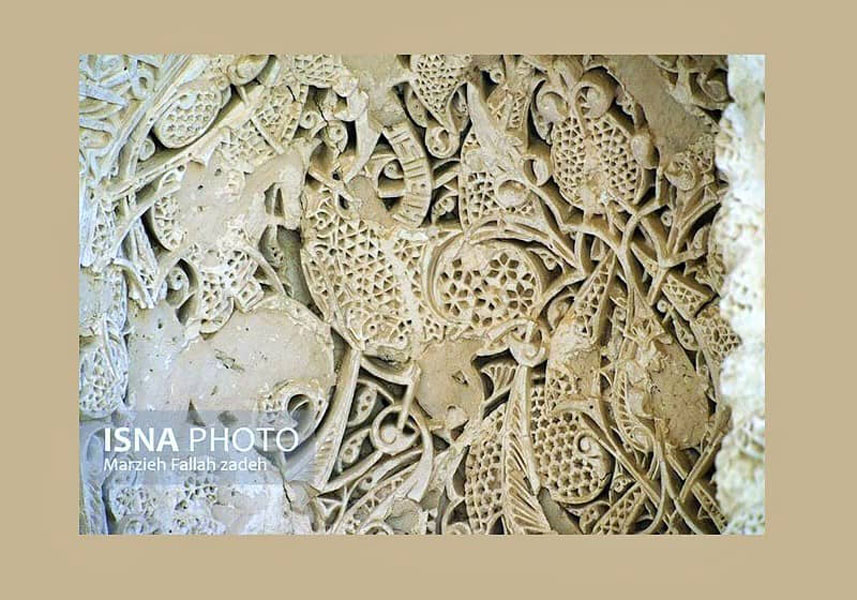
The mosque’s interior is decorated with arabesque and floral design patterns. This mosque has a cornice inscription in Naskh and Kufic style embossed in plaster. Embossed plastering is a type of plasterwork with a raised layer of plaster against a flat background.
Do not Miss Visiting This Attraction
Some believe that since mosques are places of worship, the mosque’s interior should be plain with no decorations. Mosques such as Jameh Mosque of Abarkooh, while built of inexpensive materials such as raw bricks, possess unique qualities.
Whether you have joined an Iran tour package passing through Abarkooh, or traveling to Iran on your own, Destination Iran invites you to visit this majestic building. Meanwhile, we recommend reading more about Abarkooh Tourist Attractions before traveling to this region of Iran.



